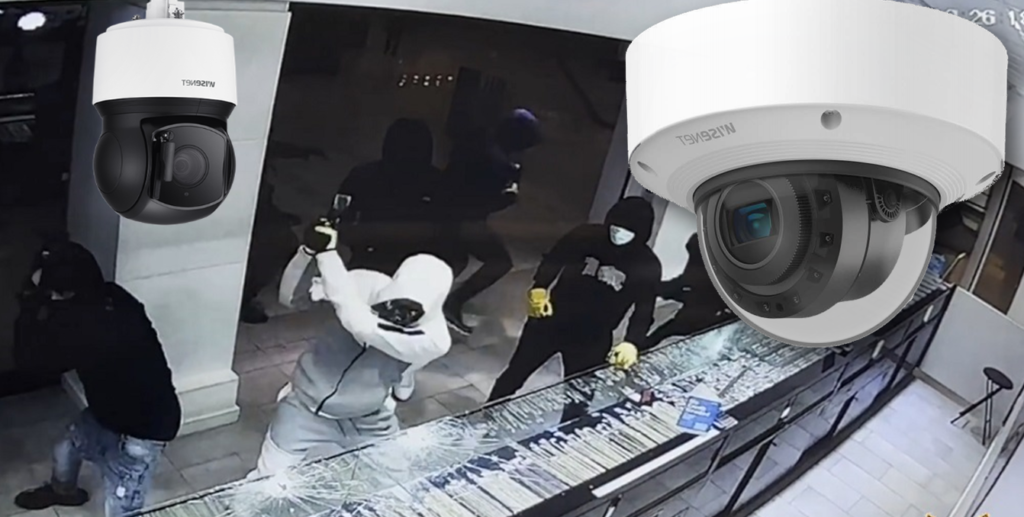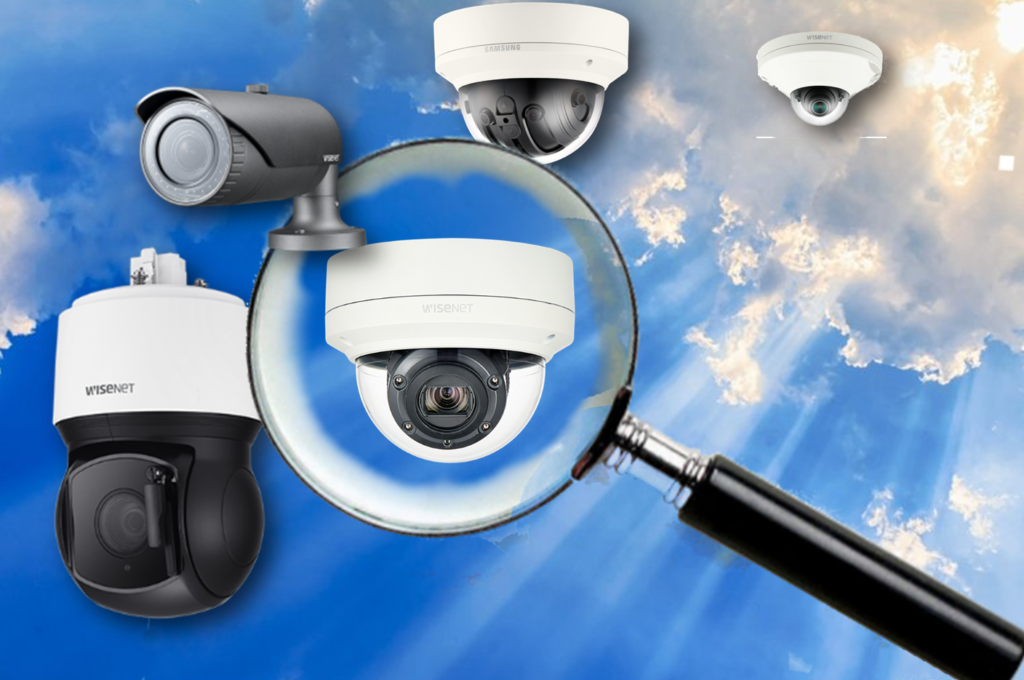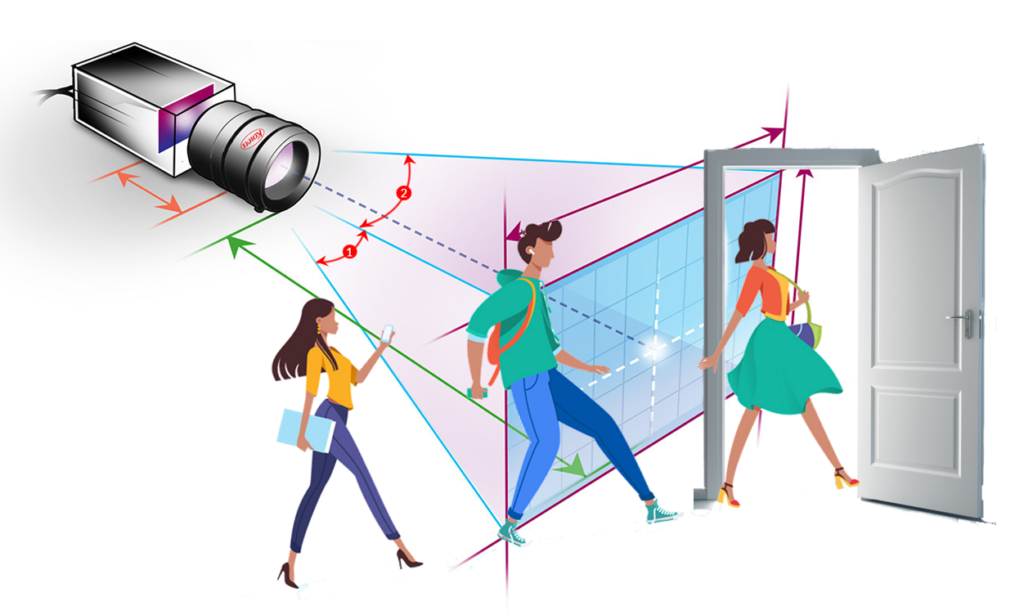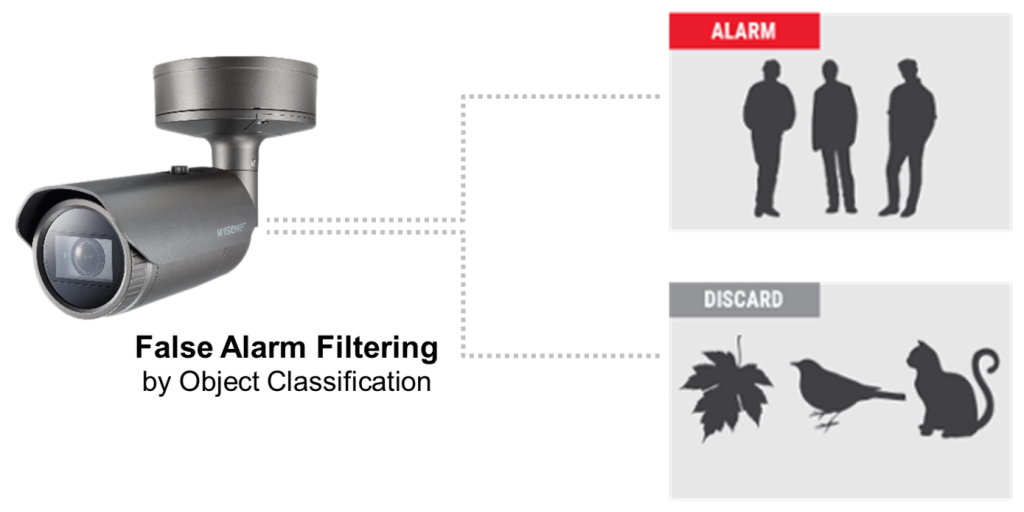How to Specify Your IP Camera Security System

What do you do when your boss says, “We need an IP camera surveillance system?” Do you purchase the lowest-cost camera system? The purchasing process is not a simple task. If you get an inexpensive solution, you may get burned when the camera system doesn’t do what was expected.
This article describes how you can meet your IP Camera System requirements and still meet the budget.
Determine the IP Camera System You Need
Sometimes we see things in the news that concern us. Maybe there was a mass shooting at a school or mall or an increased crime rate in your area? It causes us to investigate surveillance or access control systems. Many reasons trigger the purchase of a new or improved surveillance system.
Once we are motivated to find a solution, we must clarify our objectives. Do you want to reduce liability, catch the criminal, provide notification of a dangerous situation, improve productivity, monitor entry points, validate an alarm condition, identify a license plate, or view animals in the wild? Each objective requires a different type of IP camera system.
Here are some things to consider when defining your IP camera system:

Do You Want to be Notified as Soon as it Happens
This is a crucial factor when considering your IP camera system. If you want to be alerted if someone enters a specific area, opens a door, removes the laptop from the desk, or leaves a package in the lobby, you will need an intelligent camera system with intelligence that provides immediate alerts.
Narrow artificial intelligence is available in some camera models. Artificial narrow intelligence refers to AI systems that can only perform a specific task autonomously using human-like capabilities. These machines have a very limited or narrow range of competencies but effectively provide real-time alerts to security people.
Catch the Criminal
Do you want to find out who’s stealing your computers or raiding the supply closet? This could be accomplished by reviewing recorded video, but real-time alerts could be more effective in preventing theft.
Your objectives also determine the resolution of the camera system. You must decide if you’re trying to find an employee stealing (someone you know) or trying to catch someone you don’t know. It requires more resolution to identify someone you don’t know. We usually suggest 40 pixels/ft across the face to identify a person you know.

You may require higher resolution if the field of view is dark or foggy. Identifying a person you don’t know is considered to be forensic identification. In this case, you need 160 to 180 pixels across the face. Automated facial recognition also requires a higher resolution to be reliable.
You may want to discourage people from criminal activity by making the camera visible, or you may want to use a covert camera to catch them unaware.
Watch the Entry Points With an IP Camera System
An IP camera system can be used to view entry points to a building, a garage, a parking area, and an elevator. Each site may require a different type of camera.
The IP Camera System Keeps Track of Who Comes in
When an IP camera is used to view a single door, you can use a single camera with a lens that views just the doorway. Since the field of view is small, you don’t need a high-resolution IP camera.
First, let’s calculate the resolution of the camera based on identifying a person’s face. Notice the difference between pixels per face and pixels per ft. (or meter). You can convert pixels across the face to pixels per ft. The average width of a person’s face varies between men and women and can range between 5.7 and over 7 inches (according to a chart I found on the Internet). Let’s assume a face is about 6 inches wide. The calculation is simple since the width of the face is ½ of a foot. To convert from pixels per face, we multiply x2 faces/ft. x 40 pixels/face = 80 pixels/ft.

If we use a 2-Megapixel camera, it provides a resolution of 1920 x 1080 pixels. We usually use the horizontal pixel count to calculate the field of view. Since we would like to identify a person we know, the pixel requirement is divided into the horizontal pixels, 1920 pixels/80 pixels/ft = 24 ft. The 2-megapixel camera lets us view the doorway and a wide area near the door. It’s quite adequate for the job.
Intelligent IP Camera Systems Provide Immediate Alarms
Hanwha’s latest smart IP cameras provide “narrow artificial intelligence” capability. They can make decisions about objects they observe and categorize them into classes. This classification capability provides several advantages, such as better motion detection, reduction of false alarms, and information about the objects’ attributes.
The smart or intelligent IP cameras provide immediate alarms that notify security of a threat or unusual event. For example, the smart IP camera system generates an alarm if someone takes an object or leaves an object. It can also notify security if someone enters the parking lot or tries to enter a gated area. This additional intelligence is very different from recording the video for later review.

Artificial Intelligence (AI) provides a much more effective and efficient IP camera system. This AI provides critical alarms and reduces the time it takes to review and find the vital video.
Summary of How to Specify Your IP Camera System
It’s always challenging to meet expectations without a site evaluation survey. Once you know your objectives, you can select the appropriate IP camera System. Each location may require a different type of IP camera. The benefits of analyzing your requirements are assurance that you get the correct IP camera system for your application and to reduce costly mistakes.
If you would like help selecting the right IP camera system, please contact us at 1-800-431-1658 in the USA or 914-944-3425 everywhere else, or use our contact form.